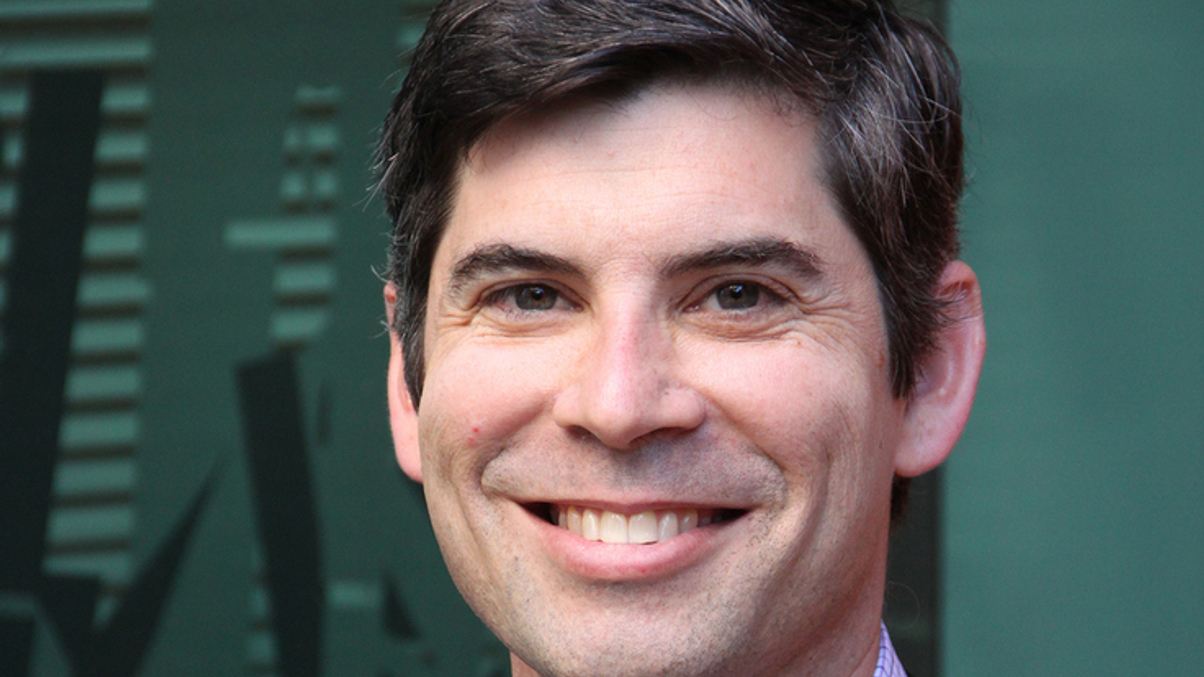Revised MySuper figures point to industry shake-up
Australia’s pension fund regulator slashes its projections for MySuper licence applications, indicating many operators may be looking to get out of the game, says industry body AIST.

The clock is ticking for Australia’s superannuation providers to prepare an application for a MySuper licence under new rules designed to protect disengaged fund members from paying unnecessary or excessive fees.
Sign in to read on!
Registered users get 2 free articles in 30 days.
Subscribers have full unlimited access to AsianInvestor
Not signed up? New users get 2 free articles per month, plus a 7-day unlimited free trial.
¬ Haymarket Media Limited. All rights reserved.


